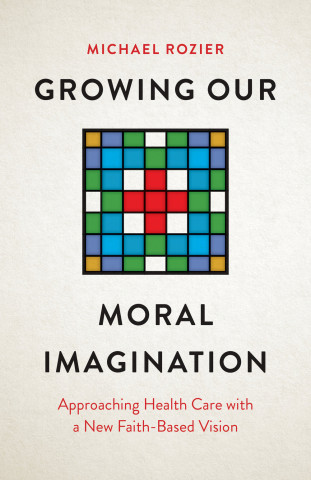
Reviews
This well organized, well written, fascinating, broad ranging, carefully argued book reconstructs the cultural milieu of the rabbinic academy that produced the Babylonian Talmud (Bavli).
A picture of the inner life of rabbinic academies in late-antique Babylonia (now Iraq)... This book is important for all libraries with collections in Judaic or ancient religion.
[Rubenstein's] style of writing is remarkably clear and deserves special recognition... His familiarity with the aggadot he analyzes, his precise translations, and his clear analysis make the book a pleasure to read. His historical conjectures and reconstructions make it a must.
Rubenstein remains a dynamic, productive scholar, whose future works should be looked forward to with anticipation and interest.
Rubenstein's reconstruction of the social setting of the Bavli, building on the work of his previous book, Talmudic Stories, is remarkable because there is no direct evidence for the existence of such an Academy, or the anonymous scholars who labored in it. Recovering the distinctive culture that produced the Bavli is much like recovering the setting for the redaction of the Hebrew Bible. The Culture of the Babylonian Talmud fills a critical scholarly gap and should begin a healthy and overdue discussion of the role, culture, and underestimated contributions of the redactors of the Bavli.
Book Details
Preface and Acknowledgments
Abbreviations and Conventions
Tractates
Introduction
1. The Rabbinic Academy
2. Dialectics
3. Violence
4. Shame
5. Lineage and Rabbinic Leadership
6. Wives
7. Elitism: The Sages and
Preface and Acknowledgments
Abbreviations and Conventions
Tractates
Introduction
1. The Rabbinic Academy
2. Dialectics
3. Violence
4. Shame
5. Lineage and Rabbinic Leadership
6. Wives
7. Elitism: The Sages and the Amei ha'arets
8. Conclusion: The Legacy of the Stammaim
Notes
Selected Bibliography
General Index
Source Index






